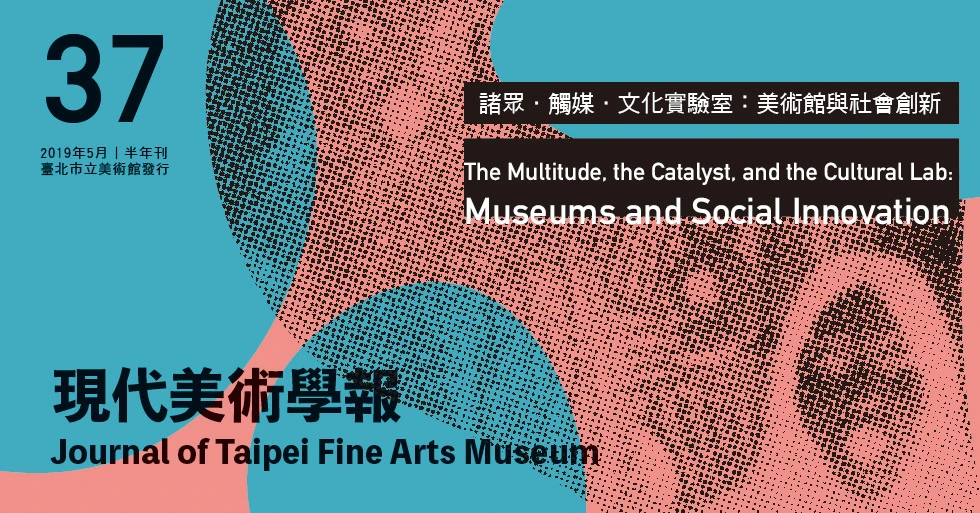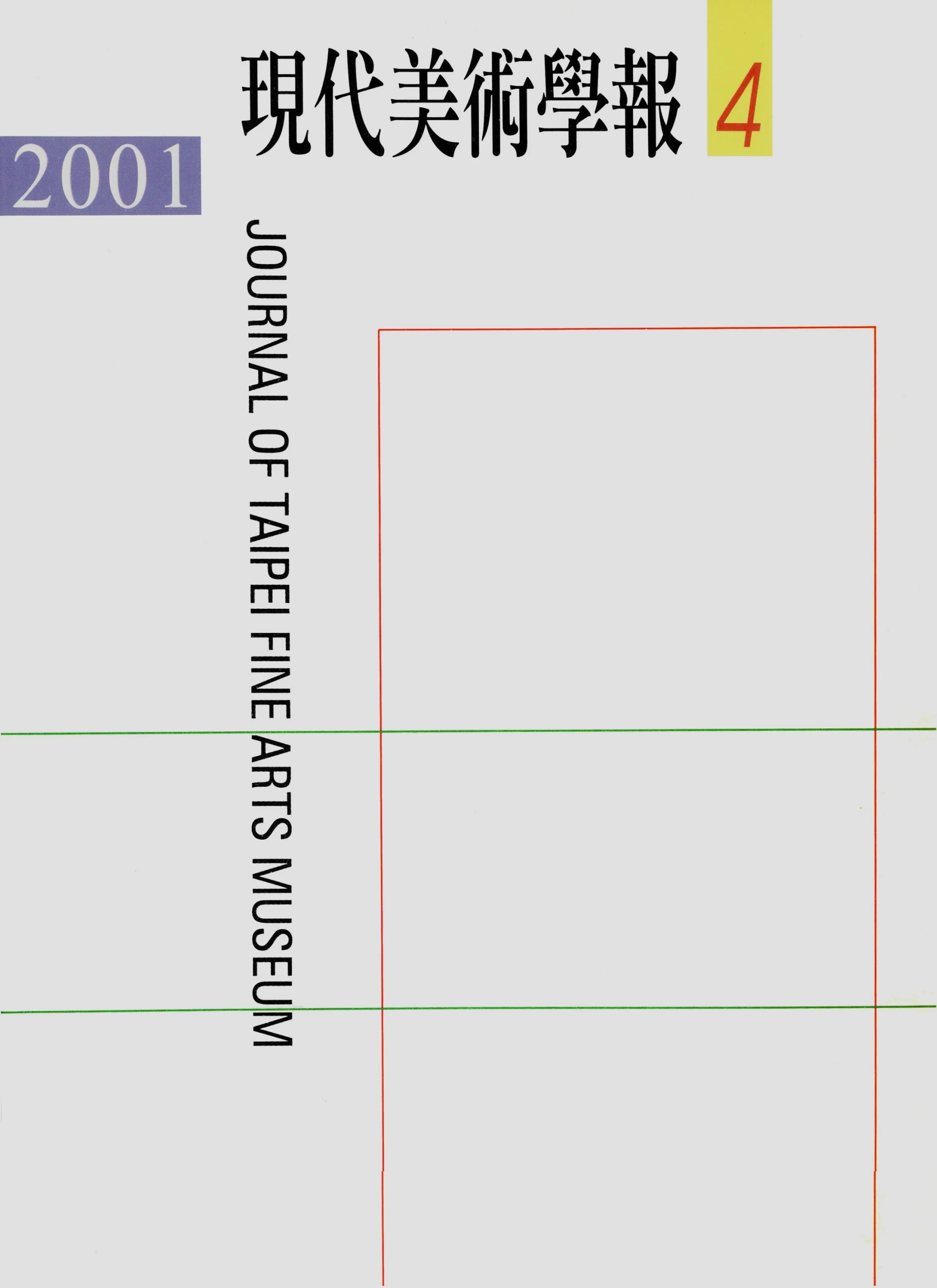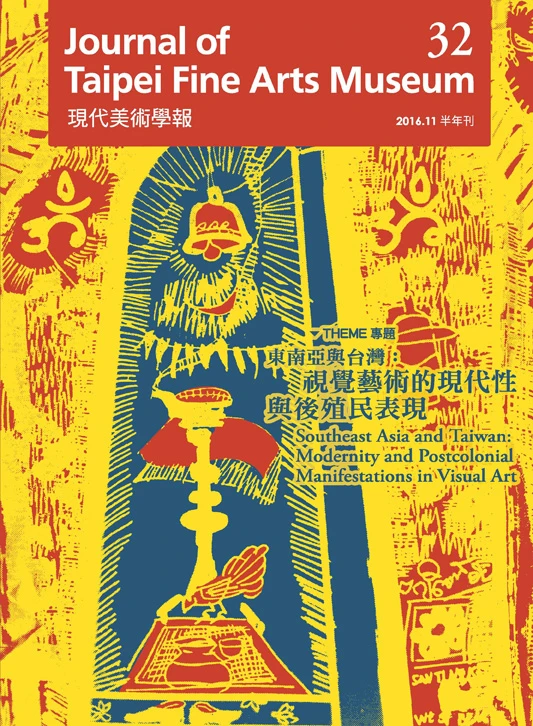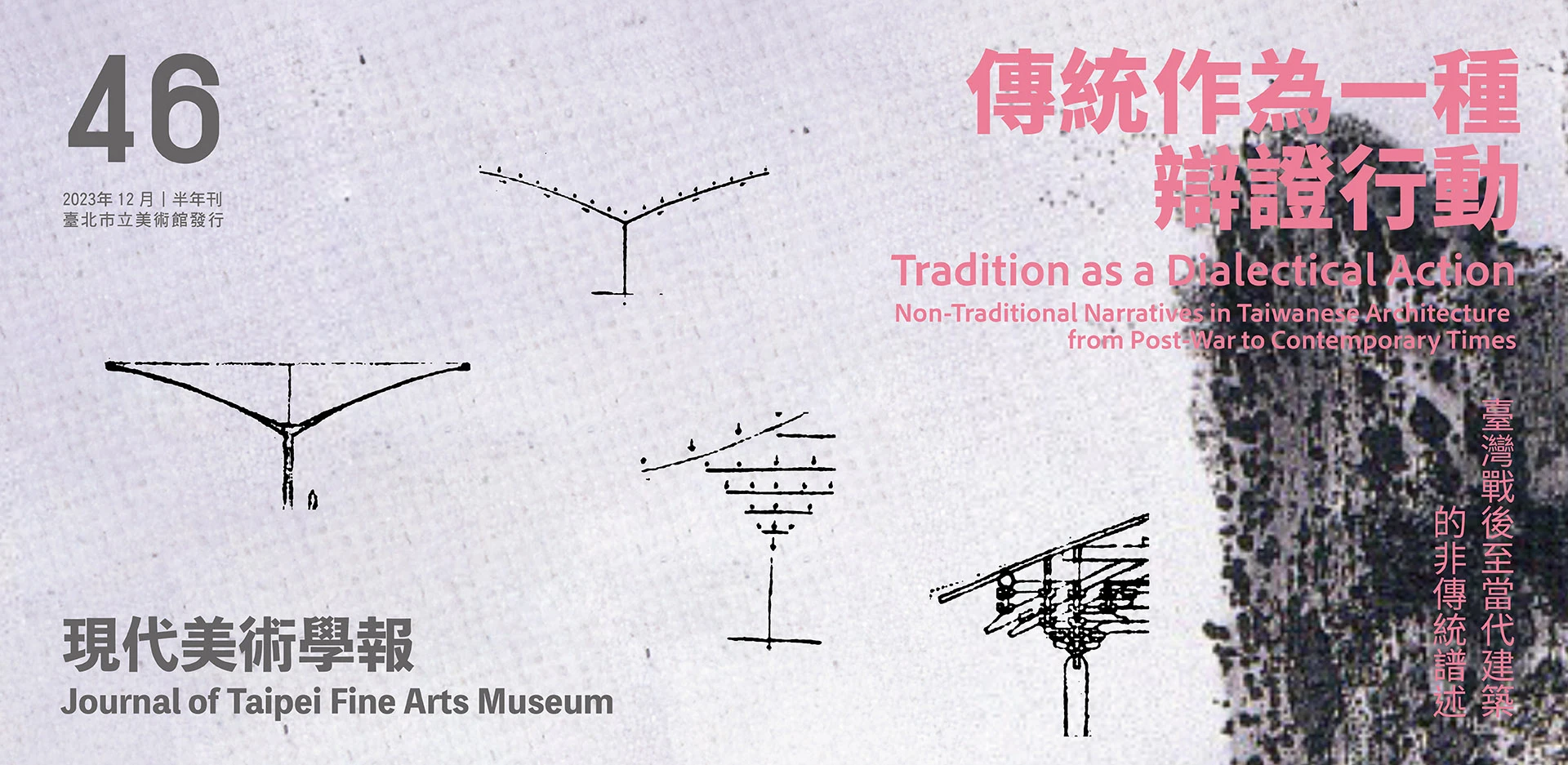摘要
本文旨在探討台灣地區現代陶藝領域的起源與形成過程,並試圖找出形塑該領域的社會動力。本文的基本假設前提是:陶藝屬於一種文化生產領域,它的實踐需要某些有形的社會體制,以及無形的意義與價值之建構機制,如此才能有效運作,並取得社會正當性。
根據美國人類學者史徒華(Julian H. Steward, 1902-1972)的文化變遷理論,任何地區文化的發展與變遷都是多線演化的結果。據此,我們相信,作為一種文化實踐,現代陶藝自然也不會是一種單線演化的成果。本文因此認定,台灣現代陶藝之所以不同於其他地區的發展樣式,尤其是現代陶藝的起源地-美國,這是因為台灣現代陶藝有其特有的演化基礎與脈絡。台灣陶藝並非一開始就是純藝術(pure arts)的一個類型(genre),而是最早由宮廷陶分化而成的,然後逐漸轉化為唯美陶;因此,唯美陶成為台灣最早的「陶藝」觀念的原型,時間在 1970 年代後期。
真正的,以現代主義為創作觀念的陶藝,在國內是 1980 年代初,由留學美、日兩地之返回學生陸續引進的。他們不但帶回新的生產技法,也引進新的陶藝審美觀念。自此,整個陶藝生產的運作方式,才逐漸脫離原先的陶瓷工藝體制,並在 90 年代中期,隨著官方機構認知上的改變,建構出一個完全自主化的現代陶藝生產體制。
Abstract
The main purpose of this paper is to investigate the origin and development of the field of modem pottery in Taiwan, and to find out the social drive shaping that field. Taking pottery as a kind of cultural production, our fundamental presupposition is that the practice of pottery based upon both social policy and the evaluating mechanism, which forms the judgment of its significance. It is all of them to make pottery work effectively, and to get the social legitimacy.
In his theory of social change, Julian H. Steward (1902 - 1972), the American anthropologist, claims that in any region the development and changes of culture are the result of plural evolution. Accordingly we believe that modem pottery as a kind of social practice, its evolution should not be monistic. Therefore we regard that the reason why the pottery evaluation in Taiwan so distinctive from other regions (especially America, the origin of modem pottery), is caused of its unique tradition and context. In Taiwan, at the beginning pottery is not the genre of pure arts but a branch of courtly pottery; and latter it transformed into Aesthetic pottery. Therefore Aesthetic pottery became the primary concept of “pottery” in Taiwan; it is the late 1970s at the time.
The real pottery, which means its creative idea instructed by Modernism, was first introduced into Taiwan during the early 1980s by the aboard students backing from U.S. and Japan. Not merely new techniques, they brought back also new aesthetic attitude toward pottery. From then on, the whole mechanism of pottery production began to separate from the original system of craft; and furthermore, coming with the change of the authorities’ viewpoint, the autonomic production system of modem pottery had been constructed since the mid 1990s.






